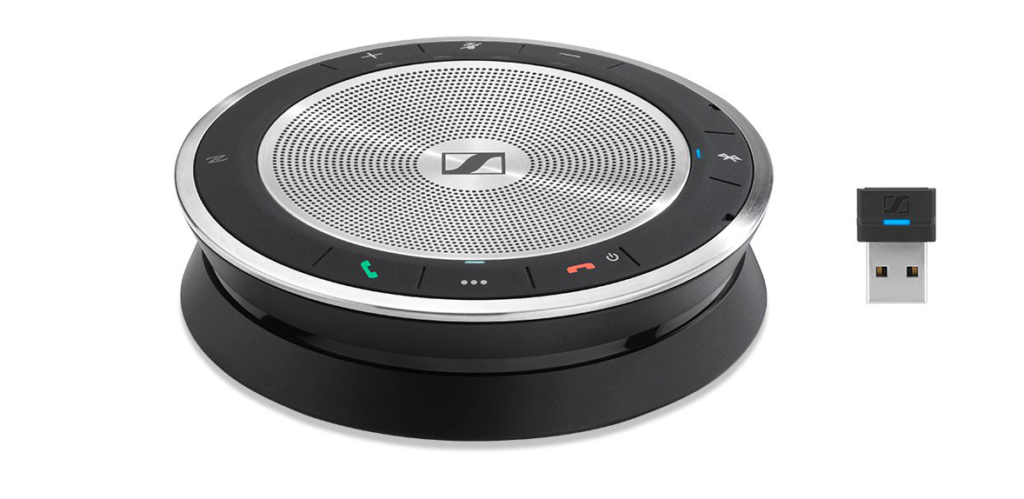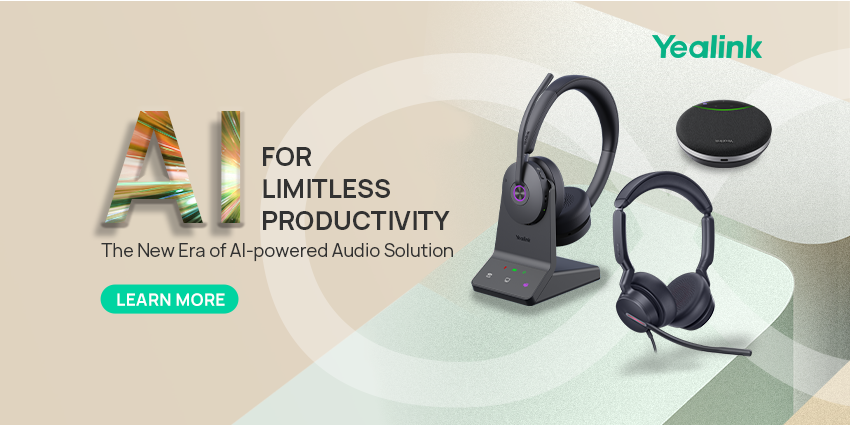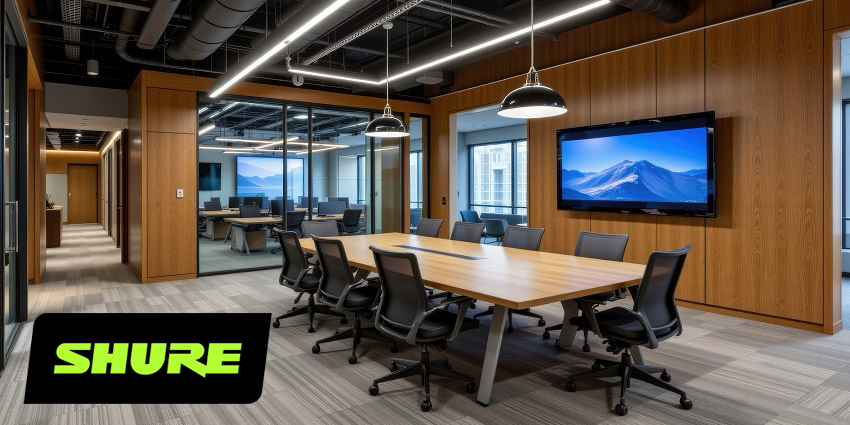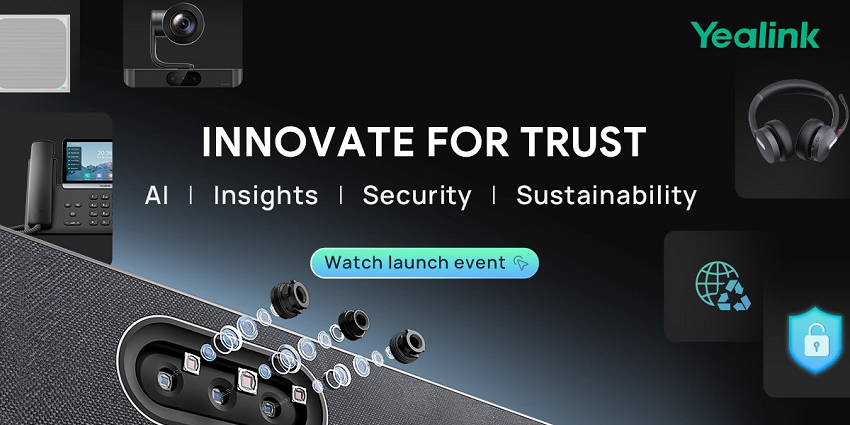With personal speakerphones popping up all over the place, we could be experiencing a shift in the way we communicate. Whilst messaging and video are the two disruptor communications channels to force their way into businesses over the last decade, voice is still king. IP endpoint sales are up and the market remains as competitive as ever. I recently reviewed the best IP endpoints for business and had to ask for a word count extension.
Accepting the world hasn’t gone totally millennial just yet and phone calls need to happen, personal speakerphones are an ideal alternative to carrying round a spare desk phone – yes, people do that- or trying to hold a conference call via their poor quality smartphone speaker.
Use case for personal speaker phones
As the workplace of the future becomes the workplace of today, mobility is crucial to how we communicate and collaborate. As mobile working has been enabled more and more, expectations for collaborating on the move have been raised tenfold by the quality of technology available today.
When on the move, productivity is crucial. A poor quality conference call can ruin the rest of your plans for the day. If you have to type up notes, prepare a board report or finalise an article, you need to hear what is being said on the other end of the phone. Smartphone manufacturers like Samsung and Apple have ceased to invest in audio quality for calls. Recognition that smartphones are used for more than just voice as their primary purpose has seen their focus shift to connectivity and finger tapping functionality.
This left a hole in the market for the mobile user that genuinely needs to host or join conference calls. There is a whole host of hardware available to connect to a call, of course. I use a headset connected via Bluetooth when I am working at home and my mobile when I’m commuting.
However, if I am working at a customer’s site where I do not have my own desk, I often need to join a call with another person in the room with me. This is the perfect use case for a personal speakerphone. We dial in using the conference bridge and connect the speakerphone so the small room can hear and be heard clearly. Connectivity is seamless – either plug and play via USB or connect via Bluetooth.
There’s also the case of the home worker. If I’m on a long conference call, headsets get uncomfortable. Headset vendors may argue the case against this through comfort advancements but let’s get real. Nobody wants to be wearing a headset for more than an hour. For the home worker that heavily users the phone, you don’t want to be holding a phone or wearing a headset. A personal speakerphone is the best alternative to muffled audio through your laptop speakers and microphone – with the added bonus of being able to unplug it and store it in your bag when you go to see a client.
The use case is clear. That’s why we see so many vendors offering their own version. Vendors dabbling in this market currently include:
- Jabra
- Poly
- Sennheiser
- Konftel
- Bose
- Sony
- Logitech
- Yealink
- Yamaha
Why have all the vendors jumped on board?
There’s a common tactic in marketing. If you’re competitor is doing something, you should be doing it too. There are a few ways to phrase that and many ways to view it. That could be a small reason as to why we see so many vendors launching their own conference unit.
Getting ahead of the curve in any market requires your own product offering. Slightly different rules apply in the reseller world but product manufacturers need to be producing rival products in all categories that their rivals are operating.
My personal opinion is that any knowledge worker should be offered remote working or at least some flexibility in their working environment. The technology is ready. And the personal speakerphone is another upvote for remote and mobile working. Whilst that’s not a ground breaking statement, it is one that major vendors will also get behind.
The way we work is changing
The overused phrase is “work is something we do, not somewhere we go”. Reality is that we do need to go somewhere to work. I work from home but have physically go to my office outside. It could be a walk down the stairs or 4 hour drive to a customer’s site, you have to go somewhere to work. And when you need to make or join a call, you need a means to do so.

This is all rather obvious and I’m sure I haven’t educated anybody in this post. But, that’s the beauty of the personal speakerphone. It just makes sense. Why would you carry around a desk phone and conference unit or battle poor audio and spending ages getting connected when you can whip out your personal speakerphone and get connected in seconds. Simplicity is always the winner.
Perhaps this is the answer to why every vendor has jumped on board.
Isn’t video the new voice?
With brands like Cisco Webex preaching voice-first communications experiences, and video collaboration forever on the rise, you could be forgiven for thinking personal speakerphones had forgotten about video.
This is not the case. For example, Konftel has recently launched its C20EGO. Included in this package is everything you need for a portable video conferencing experience. The C20EGO comes with a 4K Ultra HD video camera, the EGO speakerphone and the Konftel OCC Hub. Combining everything together into one convenient kit, you just need to connect to your laptop and you have a mobile video conferencing solution with you.
Personal speakerphones offer a cost efficient and productive means to communicating effectively anywhere and at any time. With the emphasis on mobility and remote working not likely to change in the future, a small investment in a personal speakerphone is a wise move.
As I mentioned above, this isn’t news. And that’s why the rise of the personal speakerphone will continue.






